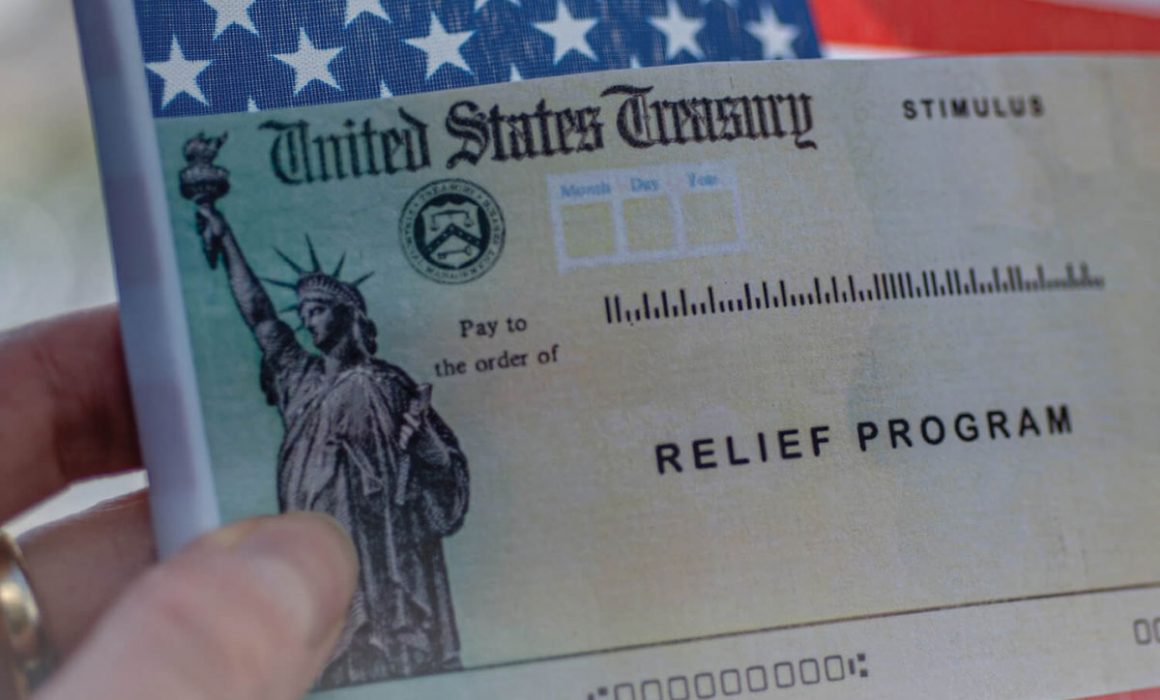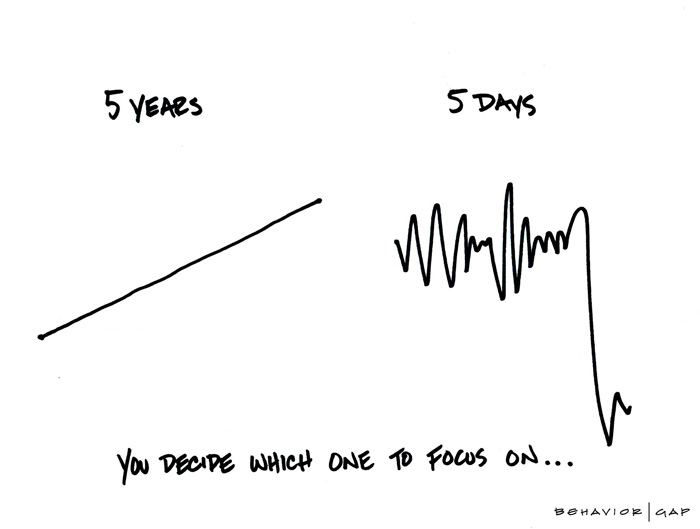2021 Midyear Report
|
|
|
|
|

| Here’s a quick note about the new economic relief package that Congress passed just yesterday. The Consolidated Appropriations Act, 2021 comes in at over 5,000 pages and the NorthStar Team has been totally nerding out on it!
What’s in the box?
Who is eligible for the stimulus payments? While dependent children under 17 will also receive $600 each, it doesn’t appear that adult dependents like college students or elders qualify for the payments. If your family added dependents in 2020 or you earned too much in 2019 to qualify (but would qualify in 2020), you may not receive full payments immediately but can request additional money once you file your 2020 taxes. If you qualified based on your 2019 income but your 2020 income would have reduced your payment, you won’t have to pay it back; nor will it count as taxable income. How do I claim a stimulus payment? While the IRS hasn’t released a timeline for sending out payments, it’s possible electronic payments could start before the end of the year. When the last round of stimulus passed, the IRS began distributing payments two weeks later; however, plenty of eligible folks still haven’t received them many months later.3 What else do I need to know? Small business relief: Congress included another round of relief for small business owners by extending the Paycheck Protection Program with another $284 billion in forgivable loans. Some of the funds will be set aside for very small businesses, and the PPP is now available to nonprofits and local media outlets.4 An extra $20 billion has also been appropriated for Economic Injury Disaster Loans for businesses in low-income communities, and $15 billion more is earmarked for live venues, movie theaters, and cultural institutions that have been financially damaged by the pandemic. The deal also clarifies that PPP borrowers will be able to deduct expenses paid for with forgiven loans, clearing up a potentially nasty tax issue. Unemployment benefits: The package also extends unemployment benefits of $300/week for another 11 weeks, beginning as early as December 27 and lasting at least until March 14, 2021. A benefits program specifically for contract and gig workers that was slated to expire at the end of the year is also extended through March. What should I do with my payment? If you’re among the very fortunate who don’t need to shore up your finances, we’d recommend putting it toward your retirement savings, other financial goals, or investing it in yourself through a course or hobby. Or even better, donate it to your favorite charity. That’s it for now. We hope you and your loved ones are safe, warm, and well. Questions? We’re here. Reach out at (704) 350-5028. Happy Holidays and Warmest Wishes!
P.S. Wherever there’s money, there are scammers after it. Please be on alert for “official-looking” emails asking you to open an attachment or click a link—they may contain malware. If you get a suspicious email, check the sender’s name and email address to make sure they’re not fake. When in doubt, delete the email. The IRS or Treasury department will not require you to follow emailed instructions to receive a stimulus check. P.P.S. Some great news to share: 556,208 folks were vaccinated against COVID-19 in the first week! That’s the power of human ingenuity and collective effort. We’re so grateful to be seeing some light at the end of this dark tunnel!5 1https://www.washingtonpost.com/business/2020/12/20/stimulus-package-details/ https://www.wsj.com/articles/what-is-in-the-900-billion-covid-19-aid-bill-11608557531 3https://www.wcvb.com/article/when-will-you-get-a-second-stimulus-check/35025504 4https://www.cbsnews.com/news/stimulus-check-600-dollars-eligibility-2020-12-21/ This information is not intended to be a substitute for specific individualized tax advice. We suggest that you discuss your specific situation with a qualified tax professional. |

It’s been a long journey to reach this election day and, if you’re like me, you’re plenty tired of the relentless politicking.
Case counts are rising around the country and winter is coming (34F overnight here in the Queen City of Charlotte).
A stimulus deal to help the folks who are scraping by seems stalled.
Markets are down (and up and down).
It’s hard to feel positive some days.
I’ve been noodling with a question I’d like to ask you.
When we take a look at 2020, it’s easy to see it as a long string of disasters, one after another.
And the last year has exacted a terrible cost. In lives cut short and dreams shattered.
But what if we look for the good stuff that happened as well?
Sometimes, it’s hard to remember the good things because they slip in quietly and often go unnoticed.
While the bad news announces itself loudly, instantly, and overwhelmingly.
What if we paused to ask: what good has come to my life because of this year?
I’ll start.
I’m grateful for the additional time spent with my wife Rita and our children. It’s so easy to get caught up in the shuffle of work, school, activities, travel, and everything else. I’m glad we had the opportunity to slow down and make each other our refuge.
I developed a new appreciation for my neighbors in SouthPark. We were all thrown together during lockdown and I’m grateful for the opportunity to have gotten to know them better (especially John in the house across the street who generously introduced me to the joys of mechanized leaf removal).
I reconnected with old astronomy and physics major friends from the University of Virginia over Zoom. We’d drifted apart over the years and I’m glad we could catch up.
I think our grand experiment in remote work is going to yield big benefits to our society.
What good things came about in your life?
Will you share them with me (chrismullis@nstarcapital.com)? I’d love to know. Hearing good news helps us all stay positive and moving forward.
Warmly,
Chris
 |
Chris Mullis, Ph.D., CDFA® Founding Partner  Financial Planning. Financial Planning.Wealth Management. Since 2006AskNorthStar.com (704) 350-5028 |
|

We’re not writing about cappuccinos, champagne, or bubble bath.
We’re talking stocks.
You may have noticed that the shortest bear market in history is over, and markets recently hit new record highs.
Will stocks keep going higher? Will they stay volatile?
Is another bear market around the corner?
Maybe. Maybe not.
As is pretty common in these situations, market strategists are split.
Some see a new bull market that reflects a recovering economy.1
Others see troubling signs of a bubble that could burst.2
What could push stocks higher?
What warning signs are flashing?
Bottom line, we can’t predict what comes next in the market and that’s okay. Why? Because it’s all short-term “noise.” History shows that all stock market declines are temporary interruptions in a perennial uptrend.
Since we no one can predict the future and no one can time the market, we’re focused on helping our clients stay fully invested which is the only sure way to capture the entirety of the market’s permanent advance. Those powerful portfolio returns over the long term are the reward for staying calm.
2020 has been the strangest year of our lives (probably yours, too), and it’s foolish to try to time markets right now — or any time for that matter. If you’re thinking about big moves or feeling anxious about what comes next, please reach out. We’ll talk through your ideas or concerns.
1https://www.cnbc.com/2020/09/08/goldman-sachs-10-reasons-the-bull-market-has-further-to-run.html

If you could be alive at any time in history, when would it be? Would you choose to live right now? Objectively, things aren’t easy for most of us right now. We’re facing social, economic, health, and environmental crises. With all the chaos of today, it can be tempting to lean on nostalgia and believe previous generations had it better or easier. And it can make us long for what seem like simpler times.
We may be too focused on the details to see the big picture. With a look at how far we’ve come, we can more clearly see how good we have it and how things, in many ways, really are getting better.
Consider these seven reasons life is actually the best it’s ever been.
#1 Life Expectancy
We’re living long than people have ever lived before. Worldwide, more than 3 in every 4 people live to be at least 65 years old. In the US, life expectancies for men and women have increased by more than 10 years since 1950. That’s 10 more years the generations before us didn’t have to enjoy retirement, spend time with family, and take in more of the life’s wonders.
#2 Health Care & Medicine
Progress in medicine and health care is one of the reasons we’re living longer than ever. In fact, since 1980, MRIs have been invented, smallpox was eradicated, artificial hearts were developed, and the human genome was sequenced. These and other advancements have done more than just extend the length of people’s lives. They’ve also compressed end-of-life decline, meaning people live better lives longer.
#3 Poverty & Income
Globally, poverty rates have dropped by more than 50% since 2000. In the U.S., 8.4 million people have risen out of poverty since 2014. Also promising, average earnings in the U.S. have increased nearly 20-fold since the 1950s. Adjusting for inflation, some experts say wages have grown by at least 35%, increasing Americans’ purchasing power today when compared to 70 years ago.
#4 Technology
Technological advancements have changed so much of how we live and navigate the world. Since 1950 alone, new technology has brought us credit cards, artificial intelligence, the internet, electric cars, cellphones, and GPS technology. These and other innovations have made our lives easier, safer, and better. In fact, while new tech can save time and reduce effort, it can also help save lives.
#5 Crime
Despite the headlines, over the last 25 years, crime has dropped dramatically in the U.S. Violent crime, like assault, robbery, and homicide, has fallen by more than 51% since 1993. Over the same period, property crime, like theft and fraud, has followed the same trend, dropping by more than 54%.
#6 Working Conditions
Labor conditions and laws have come a long way since the early 1900s, creating safer environments with better protections for workers. From safety regulations and wage laws to discrimination and child labor laws, U.S. workers are better protected than ever. Beyond safety, workplaces are also more diverse than ever before. In fact, the U.S. workforce has seen a surge of older workers, minorities, and women over the past 25 years.
#8 Quality of Life
Quality of life has improved sharply over the last 100 years, with astounding improvements in living standards across all socio-economic divides. In fact, the average standard of living in the U.S. today would have been envied by even the greatest rulers two centuries ago.
By most standards, we’re living longer, happier, better lives than our great-great-grandparents did.
I’m sure you saw the headlines:
“Record Economic Plunge”1
“Second-Quarter GDP Plunged by Worst-Ever 32.9%”2
“U.S. Economy Contracted at Record Rate Last Quarter”3
It sure sounds like the sky is falling.
Is it really? Let’s take a step back and put the news in perspective.
The coronavirus shutdown thumped the economy, businesses, and workers badly over the last two quarters, and it’s uncertain how quickly we’ll recover.
We knew that Q2 GDP numbers (Gross Domestic Product) were going to be horrible. In fact, in May, the Federal Reserve thought they were going to be even worse.4
So, ~33% down is actually better than expected.
But, despite the headline, we didn’t actually “lose” 33% of economic production last quarter. The Commerce Department reports data on an “annualized” basis to make it easier to compare; so, if you looked at it quarter-over-quarter, the economy lost 9.5% since Q1.5
That’s still an eye-watering blow to the economy, but it’s not an apocalypse.
The largest contributing factor to the economic losses was a steep drop in personal spending, particularly on services, which makes complete sense in a shutdown.6
Three points before we move on:
So, what’s up with markets?
I think markets are being driven by a few big trends.
In a previous note, I mentioned what a Nobel-laureate economist calls “FOMO mania” by investors who fear missing out on the bounce. I think that’s still in effect as investors continue to pile into stocks, especially in the tech sector.8
I also think the market is being supported by massive government spending and Federal Reserve intervention.
And thirdly, I think a lot of traders are betting heavily on the recovery. If states have to shut down again, the collective delusion may collapse and trigger a correction. We’re watching for that.
How long will the rally last? That’s anyone’s guess. I’ve seen many cheerful forecasts predicting new all-time-highs. I’ve also seen plenty dolefully predicting the next crash.
With so much unknown, they’re all guesses. Even in less-murky circumstances, the market gurus are only accurate about 47% of the time.9
So, since we can’t predict what’s going to happen in Q3 and Q4, we’re staying agile and focusing on the fundamentals of good planning.
I know, it’s a really boring answer. But that’s how we give ourselves the best opportunity for success in chaotic times.
Let’s talk about you.
How are you doing?
What kind of decisions are you making right now?
Can I help? Shoot me an email at chrismullis@nstarcapital.com and let me know.
Warmly,
Chris
 |
Chris Mullis, Ph.D., CDFA® Founding Partner  Financial Planning. Financial Planning.Wealth Management. Since 2006 AskNorthStar.com |
2https://www.cnbc.com/2020/07/30/us-gdp-q2-2020-first-reading.html
3https://www.wsj.com/articles/us-economy-gdp-report-second-quarter-coronavirus-11596061406
4https://www.newyorkfed.org/research/policy/nowcast
6https://www.cnbc.com/2020/07/30/us-gdp-q2-2020-first-reading.html
7https://www.wsj.com/graphics/econsurvey/
8https://www.cnbc.com/2020/07/28/paul-krugman-sees-mania-by-stocks-investors-driven-by-fomo.html

